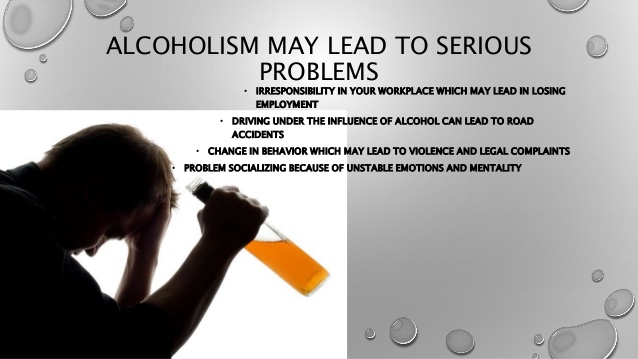Alcohol and Workplace Wellness – The Cost of Doing Nothing (The Guardian of 22/3/2016)

Alcohol abuse and addiction are problems that are not only close to home but close to workplace. Alcohol abuse has a huge negative impact on our nation’s businesses, large and small.
Facts about alcohol and workplace issues
Alcohol is a depressant drug that can slow down messages to and from the brain and body. Alcohol can effect problem solving skills, judgment, concentration, reaction times and coordination. Alcohol can be an expensive problem for business and industry ranging from lost productivity, absenteeism, injuries, fatalities, theft and low employee morale, to an increase in health care, legal liabilities and workers compensation costs. Key consequences of alcohol dependence in workplace are:
• Loss of productivity and poor performance
• Lateness and absenteeism
• Safety concerns
• Effect on team morale and employee relations
• Bad behavior or poor discipline
• Adverse effect on company image and customer relations
The Centers for Disease Control and Prevention (CDC) use following definitions of alcohol misuse
Alcohol Misuse: Women >1 drink/day and Men >2 drinks per day on an average
Binge Drinking: >4 drinks during and Men >5 drinks during a single occasion
Excessive Drinking: Heavy drinking, binge drinking or both
Alcohol Dependence/Alcohol addiction: Chronic disease associated with experiencing withdrawal symptoms, loss of control of alcohol tolerance
CDC also enlists the following adverse health outcomes as a result of alcohol misuse:
• Unintentional injuries such as motor vehicle accidents, falls
• Violence – eg homicide, suicide
• Liver disease
• Diseases of central nervous system – eg stroke, dementia
• Heart disease, high blood pressure and congestive heart failure
• Various cancers
• Risky sexual behaviors and adverse pregnancy outcomes
What can workplace do?
Workplace can be an effective place to address alcoholism issues by establishing or promoting programs focused on improving health. By encouraging and supporting treatment, employers can dramatically assist in reducing the negative impact of alcoholism and addition in the workplace, while reducing their costs.
Establishment of an Employee Assistance Program (EAP) is the most effective way to address alcohol problems in the workplace. EAPs deal with all kinds of problems and provide short-term counseling, assessment and referral of employees with alcohol abuse problems, emotional and mental health problems, marital and family problems, dependent care concerns, and other personal problems that can affect the employees work. This service is confidential and is usually staffed by professional counselors. Additionally, employers can address alcohol use and abuse by implementing written alcohol-abuse workplace policies and reducing stigma in the workplace and educating employees about health and productivity hazards of substance abuse through company wellness programs. Encouraging healthy behavior complements the treatment and therapy.
• Research has demonstrated that such measures pay for themselves in reduced healthcare costs that begin as soon as people begin recovery
• Employers with successful Wellness and Employee Assistance Programs report improvements in morale, productivity and decreases in absenteeism, accidents, downtime, turnover and theft
• Employers with longstanding programs also report better health status among employees and family members and decreased use of medical benefits by these same groups.
Reply back to bhakti@impactafya.com with your feedback and we welcome your suggestions for corporate wellness issues you’d like to see covered in our future columns.
Bhakti Shah, MPH is the Founder and Managing Director of ImpactAfya Ltd, collaborating with Workplace Options and Mayo Clinic, USA to provide Corporate Wellness Solutions in East Africa. Bhakti is also the Immediate Past President of the American Chamber of Commerce in Tanzania and the Vice Chair for Malaria and HIV/AIDS for Rotary District 9211.
